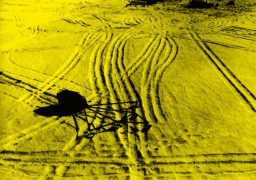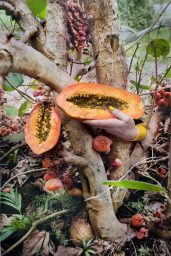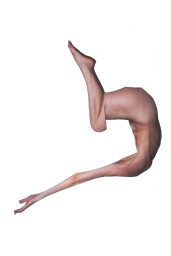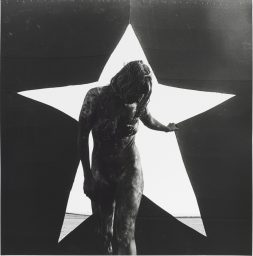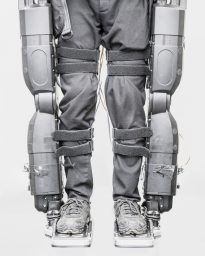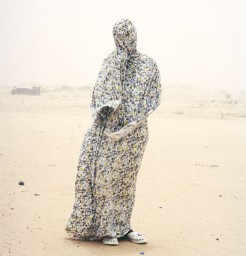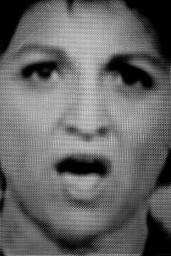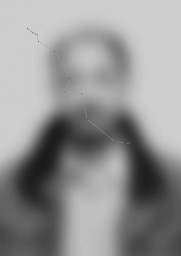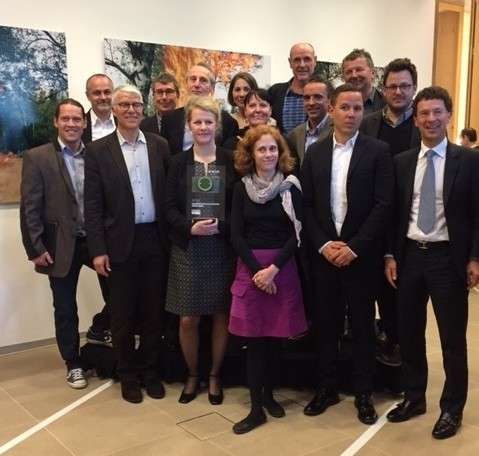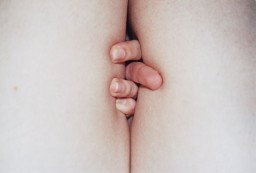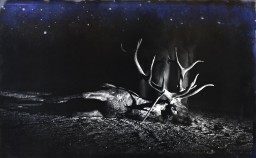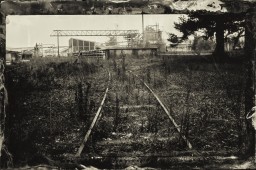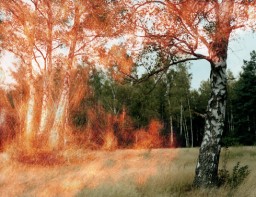arendt award 2023
The five artists nominated for the EMoP Arendt Award in relation to the theme of Rethinking Identity take different paths through singular reinterpretations that go beyond the classic clichés of identity.
Out of a more individual vision, Cihan Cakmak addresses the reminiscences of a Kurdish identity fracture by creating personal dreamlike situations challenging the social fragmentation and isolation she has undergone. By using the female body as an instrument of power, Ulla Deventer, throughout a particular aesthetic that draws on both photo documentation and contemporary art installation, deconstructs stereotypes about prostitution. Karolina Wojtas’ deconstructed self-representations and fragmentary perceptions of the body create new fictions that question the concepts of time and space from a social and relational perspective. In another register, Livia Melzi’s work confronts the archive and representations around identity through her research on the Tupinambá capes, from the Tupi warrior tribes of the Brazilian coast and originally used for anthropophagic rituals. The cultural identity issue is mixed with autobiographical elements in Jojo Gronostay’s (born in Germany with Ghanaian roots) multimedia work. Objects and images of objects and fragments of bodies are decontextualized and presented in unusual scales playing with the interrelations between colonialism and capitalism. These emerging artistic positions express different types of identity, whether individual, family, cultural or territorial.
EMoP jury members in 2022: Paul di Felice (president/Luxb), Emmanuelle Halkin (Paris, Fet’Art-Circulations), Verena Kaspar-Eisert (FotoWien), Rui Prata (Imago Lisboa), Maren Lübbke-Tidow (Kulturprojekte Berlin), Delphine Dumont (PhotoBrussels / Hangar).
arendt award 2021
The five artists selected display a deep interest in the complexities of the relationship between Man and nature, each one reconsidering in his or her own way the modes of representation and fictions related to nature and landscape.
Vanja Bucan‘s photographs plunge the viewer into a dreamlike, phantasmagorical universe with curiously arranged ecosystems. Inka&Niclas presents disturbed visions of landscapes that are both strange and sublime, while Danila Tkachenko‘s photographs of ruined Russian rural villages bear witness to an historical era that has vanished. Anastasia Mityukova’s and Maria-Magdalena Ianchis representations of Greenland’s icebergs and icescapes employ different forms of mental and real imagery to create installations of archives and memory which attempt to embody the “stigmata” of the Anthropocene and to fill the void left by photography’s failure to represent the complexity of nature.
- Tkachenko
- Anastasia Mityukova_projecticeworm #1
- Inka & Niclas, 4KultraHD_II (Tropical )
- Vanja Bucan, Sequences #5
- Maria Magdalena Ianchis Sólheimajökull 4
EMoP jury members included Paul di Felice (president / Luxb)), Bettina Leidl (vice-president / Vienna) and committee members Emmanuelle Halkin (Paris), Verena Kaspar- Eisert (Vienna) and Rui Prata (Lisbon).
arendt award 2019
The nominees for the Arendt & Medernach European Month of Photography Award were: Carina Brandes (Germany), Matthieu Gafsou (Switzerland), Weronika Gesicka (Poland) Alix Marie (France), SMITH (France). The winner of the 2019 edition is Weronika Gesicka.
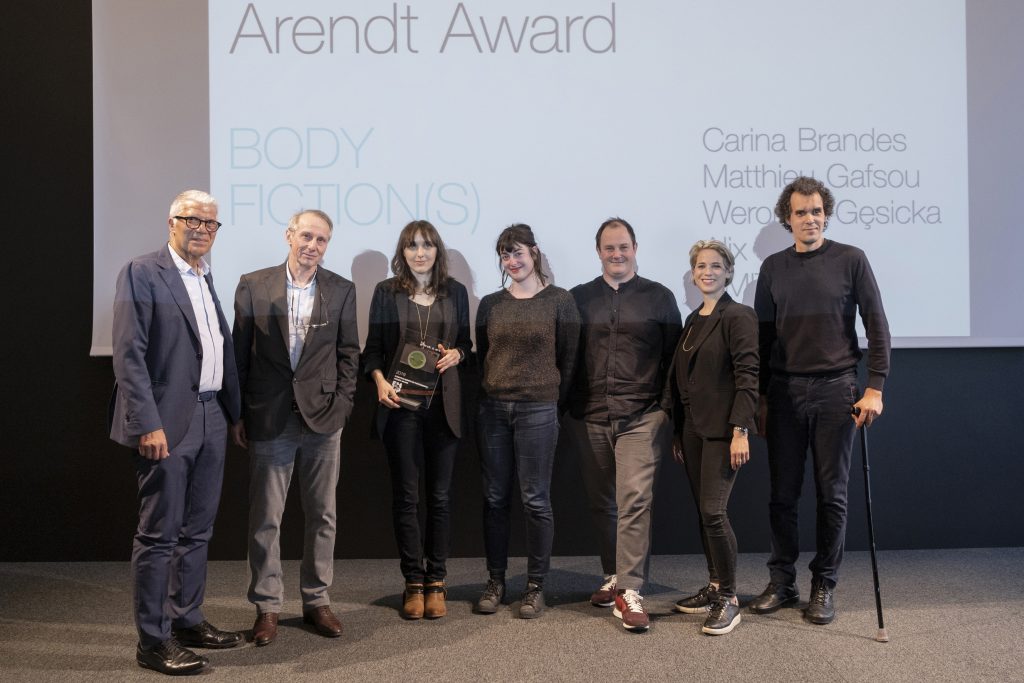
This year’s jury was composed of five members of the European Month of Photography curators, namely Paul di Felice (Luxembourg), Verena Kaspar-Eisert (Kunst Haus Vienna), Jean-Luc Soret (Maison Européenne de la Photographie, Paris), Branislav Stepanek ( Central European House of Photography,Bratislava), Balázs Zoltán Tóth (Hungarian Museum of Photography, Kecskemet).
The 2019 edition of the Arendt European Month of Photography Award showcased the works of five young artists exploring the concepts of body and fiction, under the theme of Bodyfiction(s). SMITH (who goes by Bogdan or Dorothée at different times) creates a unique world for the viewer through their black and white photographs that intentionally blur gender. German artist Carina Brandes‘ photographs in black and white capture strange moments in everyday life, featuring self-portraits alongside figures from photography and art history, as well as animals in unexpected places. The young Polish artist Weronika Gesicka builds her imagination through research and exploring the mechanisms of memory and family representations from different eras. French artist Alix Marie‘s photography goes beyond the two-dimensional format, becoming sculptures, reliefs, objects, and installations. Her work focuses on our relationship with our own bodies and our attitudes towards their representation through objectification, magnification, and accumulation. On the other hand, Swiss photographer Mathieu Gafsou‘s photographs examine the worrying developments in our society from the perspective of “transhumanism.”
- Alix Marie
- Carina Brandes
- Mathieu Gafsou
- SMITH
- Weronika Gesicka
arendt award 2017
Shortlisted for the 2017 Arendt Month of photography award were: Samuel Gratacap ( first laureate ), Jure Kastelic, Aida Silvestri, Daniel Mayrit, Panos Tsagaris. The price ceremony was held on April 26th at the Arendt & Medernach premises / headquarters in Luxembourg-Kirchberg.
Each of these has investigated the political undertones of this years theme “Looking for the Clouds – Contemporary Photography in Times of Conflicts”.
- Samuel Gratacap; Gal. @Les Filles du Calvaire, Paris
- photo: Jure Kastelic
- photo: Aida Silvestri
- photo: Daniel Mayrit
- art: Panos Tsagaris
The young French Samuel Gratacap is interested in problems related to migration and places of transit. His work, which is both sensitive and objective, stands at the crossroads of photojournalism and contemporary art.
The Slovenian artist Jure Kastelic also deals with the image in relation to time. The photographs of his series “Death Reporters” are taken from television stills who concentrate on the very moment the presenter announces the number of victims during catastrophic events worldwide. In this way, he deconstructs media communications strategies This is also the case in the work of Daniel Mayrit, whose hazy portraits (taken by surveillance cameras) are images of some of the most influential people in London. They contradict the “glamorous” image of these personalities, who are suddenly the target of surveillance cameras, exactly like criminals.
In the series of magazine covers entitled “For Between Light and Darkness We Stand”, the Greek artist Panos Tsagaris interrupts the flow of news by replacing it with a symbolic work reflecting what he calls “the gradual disconnection from materiality and the slow awakening of higher consciousness.”
In a completely different way, the work of Aida Silvestri, originally from Eritrea, is part of a personal and altruistic quest focused on the fate of African refugees, which she presents in the form of blurred portraits and with the traces of their routes embroidered directly onto the photographs.
Discover the 5 artists selected by Arendt for the EMOP exhibition “Looking for the Clouds” at Arendt House, and listen to them explaining their work
arendt award 2015
The 2015 laureate is Tatiana Lecomte: she will receive the “European Month of photography award”, an amount of 5,000 EUR. Her works together with the works of the other artists from the shortlist will be exhibited in the exhibition space of Arendt & Medernach’s headquarters in Luxembourg from April 22nd 2015 until September 13th.
The Jury of the “European Month of photography award 2015 ” consisted of Miha Colner (Ljubljana), Paul di Felice (Luxembourg), Gabriella Uhl (Budapest) and Frank Wagner (Berlin). Names of the preselected artists are : Marcell Esterházy, Tatiana Lecomte, Andreas Muehe, Borut Peterlin and Lina Scheynius. These 5 artists have been selected among the emerging artists of the exhibition project “Memory Lab – Photography Challenges History” curated by the eight partner cities of the “European Month of Photography“: Athens, Berlin, Bratislava, Budapest, Ljubljana, Luxembourg, Paris and Vienna.
- Lina Scheynius © Lina Scheynius Courtesy of Lina Scheynius; Galerie Christophe Guye, Zurich
- Marcell Esterhazy – The End of the Long March (2011)
- Borut Peterlin – Great Depression 1912-1913
- Tatiana Lecomte, Bergen Belsen © Tatiana Lecomte Courtesy of Tatiana Lecomte
- Andreas Mühe – Walter Frentz I, Obersalzberg series (2011) © Andreas Muehe Courtesy of Andreas Muehe

